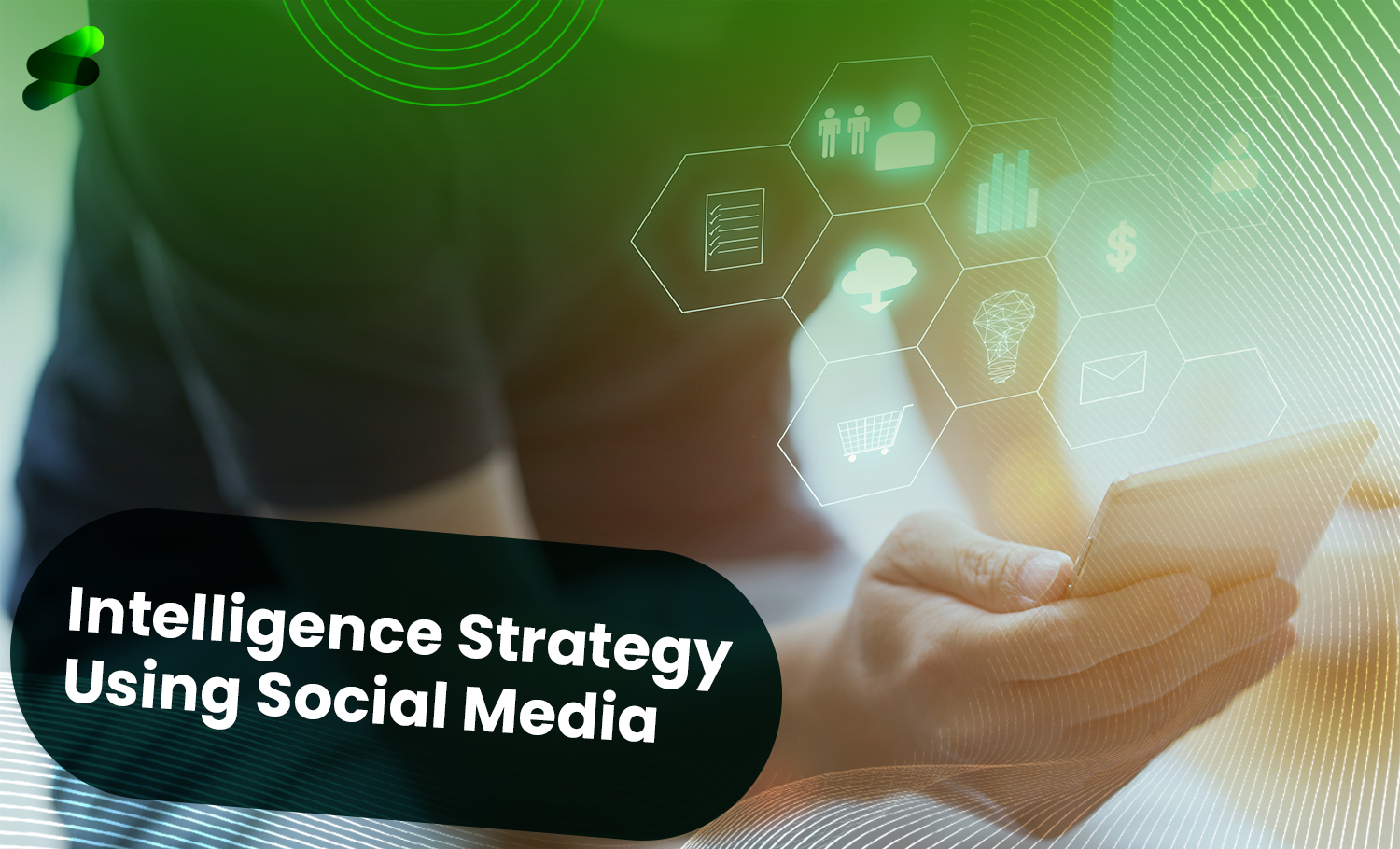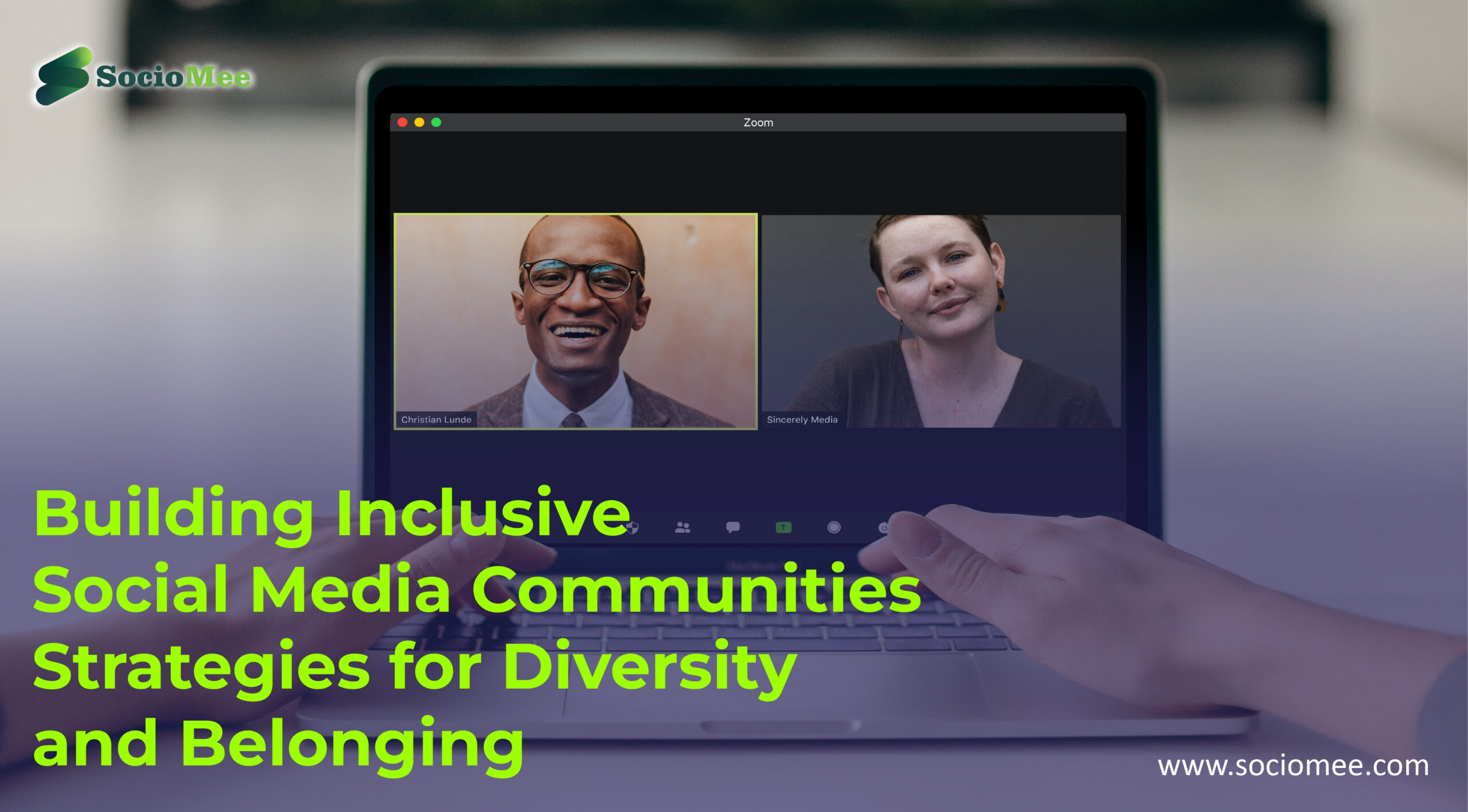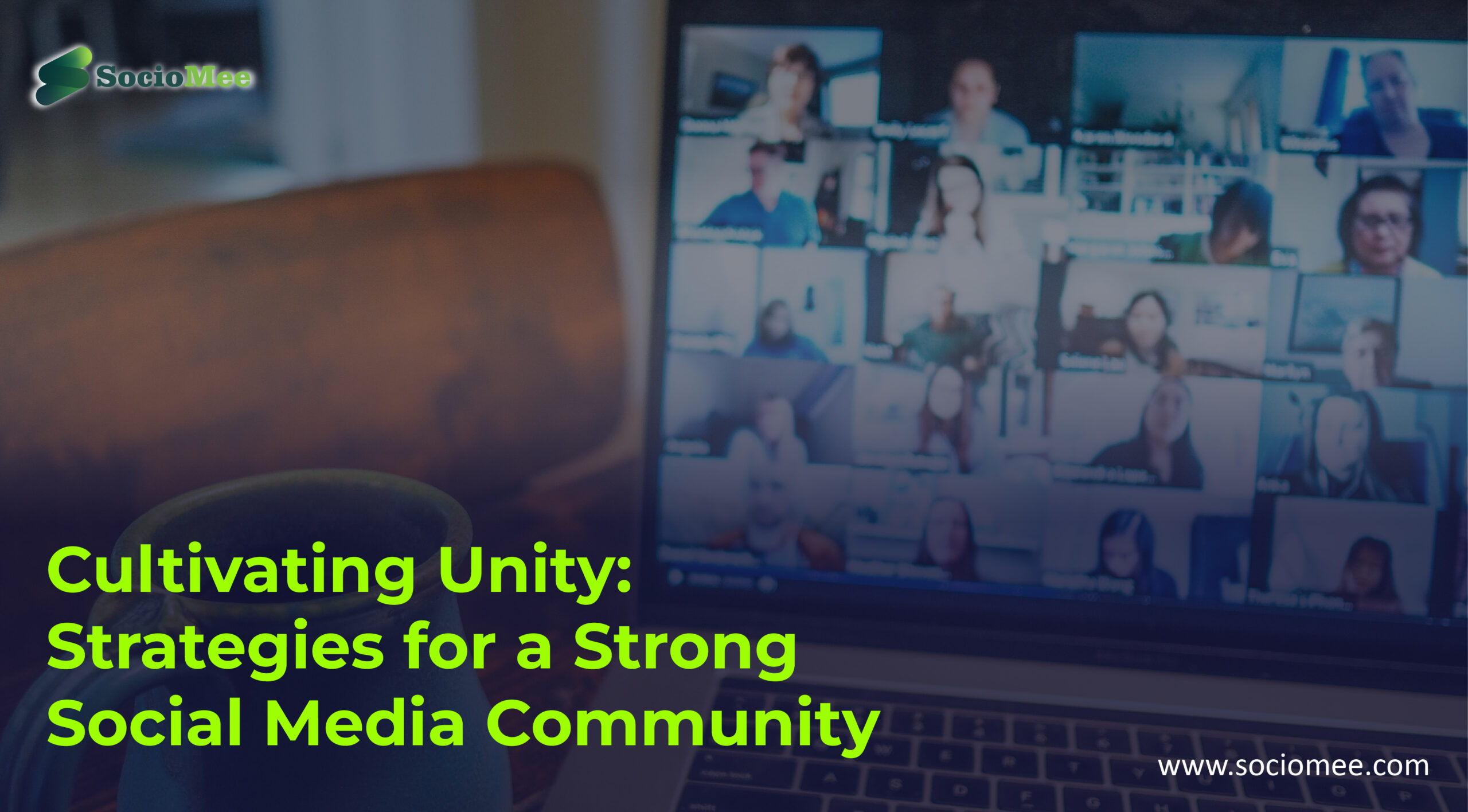In the current business landscape, it is more important than ever to have a solid business intelligence strategy. This is especially true if you want to leverage social media to give you a competitive edge. There are a few key things to keep in mind when developing your business intelligence strategy using social media. You must first decide what your aims and objectives are. What do you want social media to help you accomplish? Once you know your goals, you need to identify which social media platforms will best help you achieve them.
Not all social media platforms are created equal. Some are better for building brand awareness while others are better for generating leads. Finally, you need to create a content strategy that will help you achieve your goals. The content you share on social media should be relevant and valuable to your target audience.
If you can do these things, you will be well on your way to developing a successful business intelligence strategy using social media.
#1. Understand what social media is and how it can be used for business intelligence
Social media is a platform for people to connect, share, and interact. It can be used for business intelligence in a number of ways. First, social media can be used to collect data about customers and potential customers. This data can be used to better understand customer needs and desires, and to develop more targeted marketing campaigns. Second, social media can be used to monitor customer sentiment. This information can be used to adjust product offerings and marketing messages to better align with customer wants and needs. Third, social media can be used to generate leads.
By monitoring social media activity, businesses can identify potential customers and reach out to them with targeted marketing messages. Fourth, relationships can be developed through social media. By engaging with customers and potential customers on social media, businesses can build trust and goodwill.
And lastly, social media can be used to drive more attention to a business blog or website. By sharing interesting and relevant content, businesses can attract visitors and encourage them to learn more about the company and its products or services. Social media is a powerful tool that can be used to improve business intelligence. By understanding how social media can be used, businesses can gain valuable insights into their customers and develop more effective marketing strategies.
Grow with new social community
#2. Understand the different types of social media and how they can be used for business intelligence
Social media has become an increasingly important part of business intelligence. There are different types of social media, each with its own strengths and weaknesses. Blogs are one type of social media that can be used for business intelligence. Blogs are typically written by individuals and provide a first-hand account of their thoughts and experiences. While blogs can be a great source of information, they can also be biased and unreliable.
Another type of social media is online forums. Forums are online discussion boards where people can post questions and comments on a variety of topics. Forums can be a great way to get unbiased opinions and feedback from customers and clients. Social networking sites, such as SocioMee, are also a type of social media. These sites allow users to connect with friends and family, as well as share information and experiences. Social networking sites can be a great way to connect with potential customers and learn about their needs and wants. Each social networking platform has benefits and drawbacks of its own.
It is important to understand the different types of social media and how they can be used in order to make the most of them for business intelligence.
#3. Identify the business intelligence needs of your organization
Every organization has different business intelligence needs, but there are some commonalities. To get started, you’ll need to identify what information your organization needs to make better decisions. This can include information on your customers, your competitors, your products, your markets, and your own internal business processes. Once you know what information you need, you can start to think about how to collect it.
This can involve everything from purchasing data from third-party sources to conducting your own surveys and research. You’ll also need to think about how you’ll store and analyze this data. The right business intelligence tools can make it easier to turn data into insights, so you can make better decisions about your business. If you’re not sure where to start, talk to your team members and other stakeholders about their decision-making needs. They can help you identify the information that would be most helpful. You can also look at your organization’s goals and objectives to get ideas about what data would be most useful.
Once you have a good understanding of your organization’s business intelligence needs, you can start to put together a plan for collecting and analyzing data.
Rise with the new social world
#4. Develop goals and objectives for using social media for business intelligence
As the use of social media for business intelligence purposes continues to grow, it is important for businesses to develop goals and objectives for using this tool. There are a number of different ways that social media can be used for business intelligence, and each business will have different goals and objectives for their own use.
However, there are some general goals and objectives that can be applied to most businesses.
- The first goal is to collect data from social media sources. This data can be used to track trends, understand customer sentiment, and gain insights into customer behavior.
- The second goal is to use social media to build relationships with customers and other businesses. This can be done by engaging in conversations, providing valuable content, and responding to customer inquiries and concerns.
- The third goal is to use social media to generate leads and sales. This can be done by providing coupons, discounts, and special offers to customers, and by sharing links to products and services on social media.
- The fourth goal is to use social media to create brand awareness and build brand loyalty. This can be done by sharing positive customer experiences, by highlighting the unique features of your products or services, and by providing valuable content that educates customers about your industry.
- The fifth goal is to use social media to monitor and respond to customer feedback. This includes monitoring customer reviews, comments, and posts on social media, and responding to negative feedback in a positive and constructive manner.
By setting goals and objectives for using social media for business intelligence, businesses can ensure that they are using this tool in the most effective and efficient way possible.
#5. Develop a plan for using social media for business intelligence
As the owner or manager of a business, you likely already know the importance of staying ahead of the competition. After all, your competition is likely using social media to their advantage–so shouldn’t you be, too? The first step to using social media for business intelligence is to develop a plan. What platforms will you use? What kind of information are you hoping to glean from social media? Who will be responsible for monitoring social media and collecting data? Once you have a plan in place, you can begin to use social media to your advantage.
Start by listening to what others are saying about your industry and your competition. Use social media analytics tools to track the most popular topics and hashtags. And, of course, don’t forget to engage with your audience on social media! By developing a plan and using social media to your advantage, you can stay ahead of the competition and make better business decisions.
#6. Adjust your social media strategy based on your findings
As you analyze your social media analytics, you may find that certain platforms are more popular with certain demographics. For example, you may find that your SocioMee audience is mostly female, while your other social media audience is mostly male. Making changes to your social media strategy is possible using this knowledge. For example, you can tailor your content to appeal to your different audiences on each platform.
By analyzing your social media analytics, you can get a better understanding of who your audiences are and how to best reach them. By tailoring your content to each platform, you can ensure that your message is reaching the right people.
#7. Evaluate the success of your social media business intelligence strategy
As the use of social media monitoring tools continues to grow, it is important to evaluate the success of your social media business intelligence strategy. Here are four key metrics to consider:
- Number of social media mentions: This metric measures the number of times your brand is mentioned on social media. It can help you understand how popular your brand is and how well it is resonating with users.
- Social media reach: This metric measures the number of people who see your content on social media. It can help you understand the potential reach of your brand on social media.
- Social media engagement: This metric measures the level of engagement with your content on social media. It can help you understand how well your content is performing and whether users are interacting with it.
- Social media sentiment: This metric measures the overall sentiment around your brand on social media. It can help you understand how users feel about your brand and whether there is any negative sentiment.
By tracking these four metrics, you can get a better understanding of how successful your social media business intelligence strategy is.
Conclusion
As social media becomes more ubiquitous, businesses are looking for ways to leverage this new channel to gather intelligence about their customers, competitors, and industry. A social media business intelligence strategy can help businesses to make more informed decisions, improve customer service, and better understand their customers’ needs and wants.
When developing a social media business intelligence strategy, businesses should consider their goals and objectives, target audience, and the type of data they hope to collect. Additionally, businesses should put together a team of people with the skills and knowledge necessary to execute the strategy and to interpret and act on the data collected.
By taking these steps, businesses can develop a social media business intelligence strategy that will help them to better understand their customers and make more informed decisions.










This Post Has 2 Comments
Very Informative blog
Valuable content